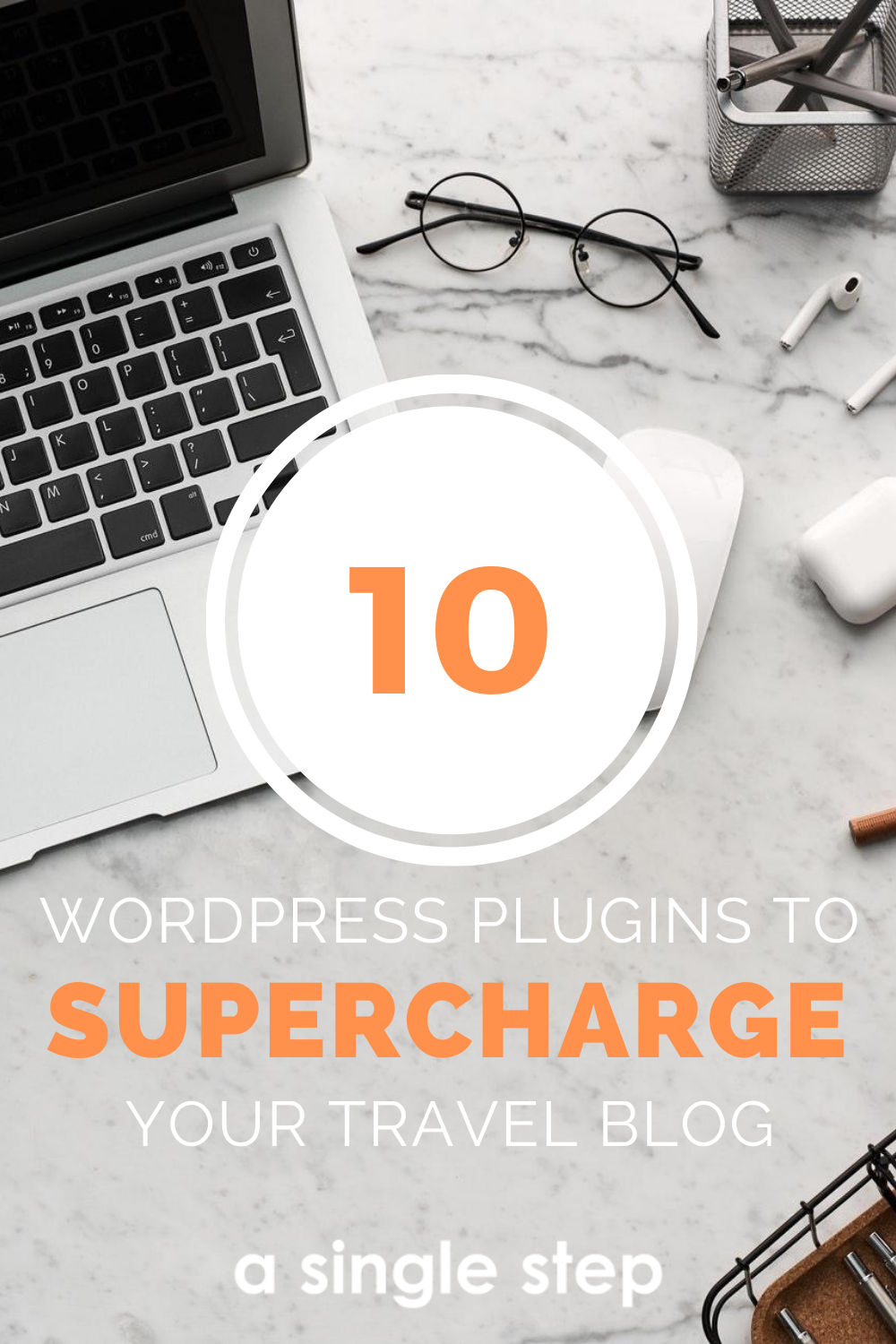WordPress, the most popular website CMS used throughout the world, is the perfect place to build your travel blog. With a wealth of tutorials, plugins, themes, and advice, it’s not always easy to understand the best and easiest ways to develop and promote your website. On top of blogging here at A Single Step, I also work in Digital Marketing and develop websites for a range of local businesses over at Bee Marketing, and wanted to share some of my favourite themes and plugins to supercharge your travel blog.
1. Divi by Elegant Themes
Without a doubt, the best wordpress theme that I have ever used is Divi by Elegant Themes. I tend to think of it as more of a platform than a theme, and if you are looking to find freedom from the restriction of a generic WordPress theme, then Divi is absolutely the way to go.
The Divi framework allows you to create unique websites using their extensive range of modules in an easy to use column and row layout, without having to touch a line of code. There are plenty of options to customise the look and feel of the website to truly brand it as your own, with an intuitive and easy-to-use interface.
However, for the more experienced designers, Divi allows plenty of customisation and additional plugins to further personalise your travel blog, as well as an abundance of tutorials to support you every step of the way.
2. Wordfence Security
It goes without saying that the security of your blog is one of the most important things you should consider when building and managing your website, but isn’t something we always want to think about. I install Wordfence Security on every site that I build, giving clients the peace of mind that their site is armed with one of the most comprehensive security options available.
Wordfence Security takes the legwork by identifying and blocking malicious traffic, defending brute force login attempts, and making use of an integrated malware scanner to block requests that include malicious code or content. It also gives you the ability to add a layer of security onto your blog with the highly recommended two-factor authentication when logging in to your account, coupling your login details with a second piece of information that should be only accessible to them.
Wordfence Security has both a free and premium option available, and I definitely recommend installing at least the free version, which will give you a wealth of additional security options to keep your site safe and secure.
3. Yoast SEO
Yoast SEO is one of the most popular SEO tools out there for WordPress blogs. Its central functionality is to analyse the keywords that you want each page on your site to appear in search engines such as Google and Bing for, and give you an easy traffic-light system on how the content of your blog will perform.
The Yoast SEO plugin gives you advice on the readability of your text, the density of your keywords or keyphrase, internal and external links, and much more, as well as giving you the ability to edit exactly how your page shows up in search results.
The plugin also gives you access to global settings across the site, including search appearance and media settings, as well as a range of additional functionalities for premium users.
4. Open Graph and Twitter Card Tags
Ever wondered why some blog links on Twitter have no information and are not engaging and some benefit from engaging images, titles, copy, and information? For WordPress users, the answer could be as simple as using the ‘Open Graph and Twitter Card Tags’ plugin.
The Open Graph and Twitter Card Tags gives users total control over how their pages and blogs appear across Facebook and Twitter, with default site options and individual page options, allowing you the ability to present your site across social media with the quality that your customers can expect to find when they click on your post.
5. Smash Balloon Instagram Feed
Looking for a free and easy way to display your Instagram feed on your blog? Look no further than Smash Balloon Instagram Feed.
Responsive and easy-to-use, the free version of this plugin comes with no watermarks, and displays your feed of photos really well on any device, with some good customisation options. The pro version of the plugin allows for the display of mixed feeds, tagged photos, and hashtags, though the free version should certainly be enough if you just want to display your own feed.
6. Monarch – Social Media Sharing Plugin
Monarch is another plugin that comes free if you have bought the Divi theme. The Monarch plugin allows you to easily add beautifully-designed social media sharing buttons across your pages and posts.
From sticky sidebar options to pop-up, fly-in, and inline designs available, the Monarch plugin allows you plenty of customisation to fit in with your style and generate social media shares from your visitors.
7. Smush
Website speed is one of the most important factors you should consider when building your travel blog. Naturally, your site is likely to contain a number of photos to promote the beautiful locations you visit, but this will have an effect on your site speed, which not only frustrates users but also can have an effect on how high you can rank in search engines.
Step up, Smush! The Smush plugin for WordPress optimises, compresses, and improves the images that you upload to your site without a visible drop in quality. The free version certainly does what it says on the tin and saves you plenty of work, whilst the pro version offers no restrictions on bulk smushing, twice as much compression of images compared to the free version, and much more.
8. All-in-One WP Migration
Need to migrate your website to a new server or hosting provider? Want to back up your site easily? Want to create a test or staging version of your website to try new things without affecting your live site? These are all things that tend to spark dread in most WordPress users (including myself!).
All-in-One WP Migration is a super-handy plugin that I found out about, which easily lets you export and import your full WordPress site, including database, media files, plugins, and themes with absolutely zero coding or technical knowledge required.
There’s a limit on the size of the site that you can export in the free plugin, whilst the paid offers more flexibility.
9. Really Simple SSL
Another important addition to your travel blog should be that of an SSL certificate. Mainly used in the past for e-commerce sites, an SSL certificate (shown by the padlock in the address bar of many websites) shows that your site has a secure connection from the server to the user’s browser, giving them peace of mind that any details that they share on your site should be secure. Not only this, but search engines are now said to rank sites that have this certificate higher in search results as they seem more trustworthy. You can purchase an SSL certificate from your web hosting provider, and many now offer free certificates in their hosting packages.
Once you have purchased the certificate, you then have to implement it on your site. This means redirecting all http addresses to the secure https across your site, including image files. That’s where the Really Simple SSL plugin comes in. With a click of a button, the plugin automatically redirects all of your links and easily configures your site to run using the SSL certificate.
10. Cookiebot | GDPR/CCPA Compliant Cookie Consent and Control
One of the more stressful aspects of owning and running a travel blog is ensuring that it complies with GDPR and CCPA laws, one of which is the way that you notify users over the cookies that your site uses, and ensuring that they have the option to opt-out of any non-necessary cookies. But where to start? If you are using a range of plugins on your site, these could be adding third-party cookies that you don’t even know about.
After LOTS (and I mean LOTS) of searching, I came across the Cookiebot solution, which will scan your site and output a list of categorised cookies used, as well as providing users with the ability to opt-out of these and manage their consent.
The free version has a limit of 100 pages, whilst there is also a paid option for bigger sites.
I wanted to share some of the WordPress themes and plugins that have benefited me greatly and made my life easier, not only whilst building this travel blog but also whilst designing many other WordPress websites across a variety of industries.
Let me know in the comments which are some of your favourite plugins to use on WordPress.







